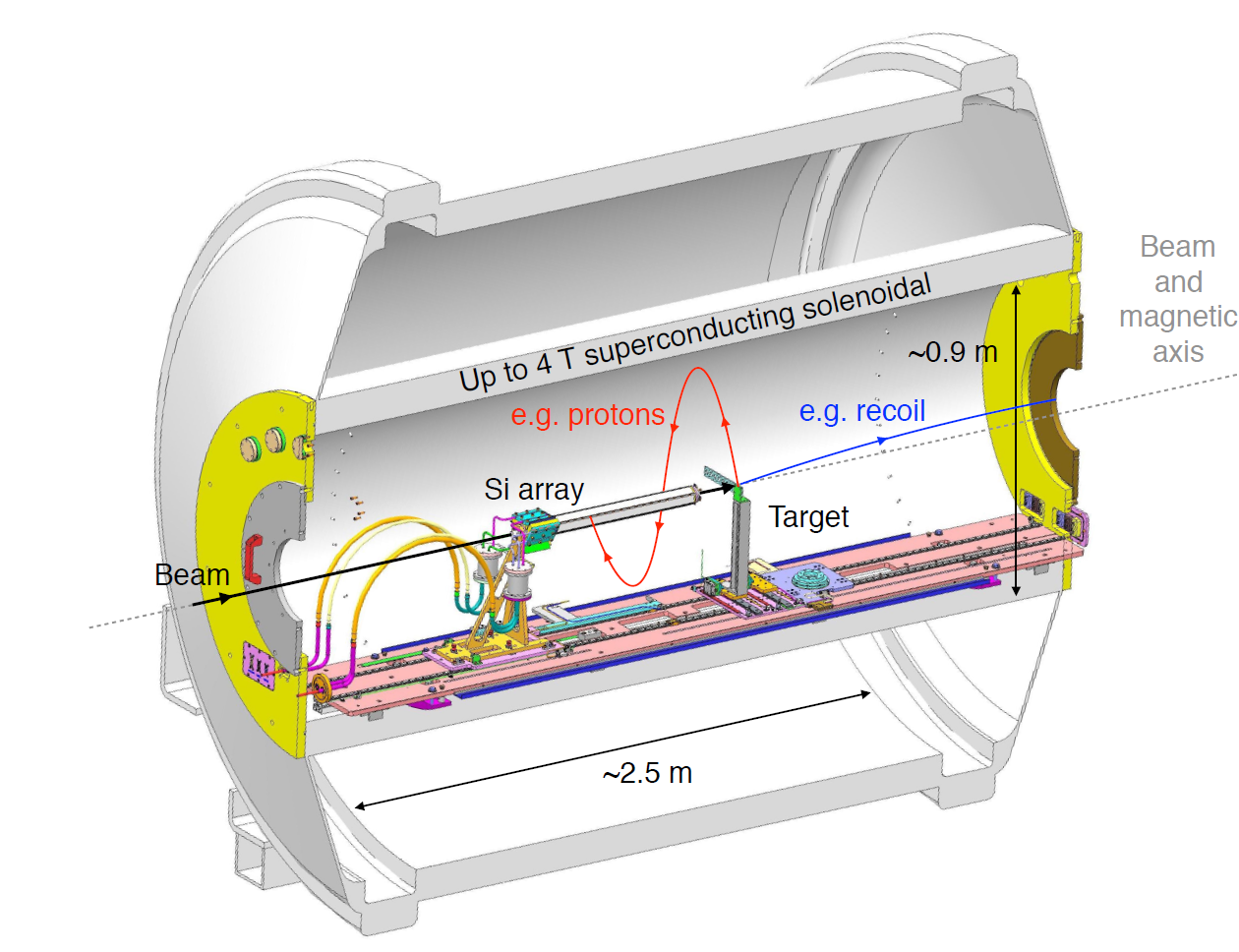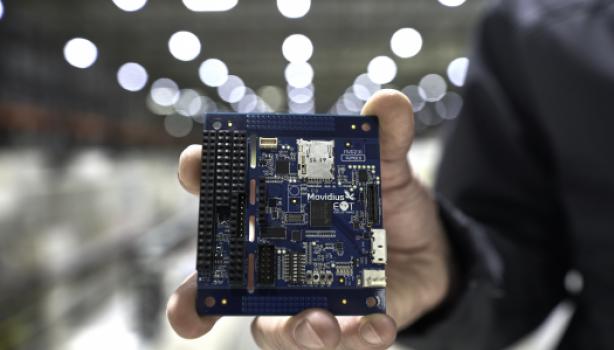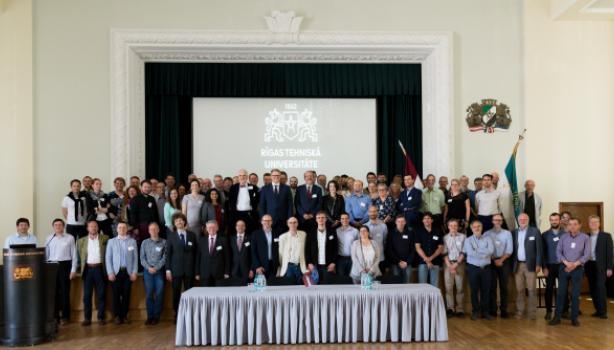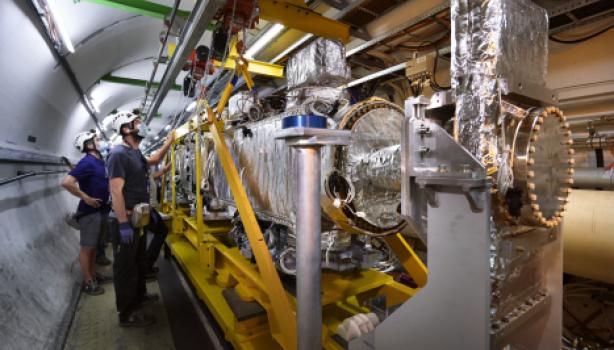Header Image: HIE-ISOLDE infrastructure. (Image: CERN)
New types of experiments have been recently performed at the ISOLDE facility, just before the Long Shutdown 2 (LS2), using a new spectrometer coupled to the HIE-ISOLDE superconducting LINAC. These novel experiments will open new ways of exploring the exotic nuclei, produced at ISOLDE and accelerated with the HIE-ISOLDE accelerator, which reached completion in spring 2018 with the installation of a 4th cryomodule.
Radioactive ion beams can now be accelerated to energies close to 10 MeV per atomic mass unit (denoted MeV/u), which allows for direct ‘transfer’ reactions to probe into the structure of the exotic isotopes. Two experiments were carried out successfully, on exotic isotopes at opposite ends of the chart of the nuclides. The results will allow to study subtle features of the nuclear forces that bind atomic nuclei but moreover they tell a remarkable story of successful recycling of technology through global collaboration.
These measurements were made possible thanks to ISOLDE’s Solenoid Spectrometer (ISS) that uses a former 4-Tesla superconducting MRI magnet, re-designed for the study of exotic nuclei. The superconducting magnet from an old MRI scanner, previously located in the University of Queensland Hospital in Australia, was moved to CERN and installed at ISOLDE, thanks to a strong collaborative effort involving teams from CERN, the UK and Belgium.
At CERN it was stripped and modified to allow for installation of a particle-detector system inside a vacuum vessel, that was mounted in the large inner bore of the magnet. This particle detector was supplied by collaborators from Argonne National Laboratory, where a similar superconducting soleniod was pioneered, such that experiments could be performed before CERN’s LS2. It was installed on one of the three beam lines of the HIE-ISOLDE accelerator, where it was cooled again so it could be re-energised to function once again as a superconducting solenoid.
Figure 1. Schematic of the ISOLDE Solenoid Spectrometer.
ISS will broadly contribute to ISOLDE’s physics programme to further our understanding of the evolution of nuclear structure and allowing studies of the changing nature of the once considered immutable shell-structure in atomic nuclei, which is now known to change in isotopes away from stability. It will also help in investigating exotic nuclear shapes – atomic nuclei can be spherical, rugby-ball shaped, or even pear shaped. Moreover, measurements with ISS will help to understand the formation of the elements of the periodic table, which have been formed in nuclear reactions in intense astrophysical environments of supernovae or neutron-star mergers and in processes such as the r-process.
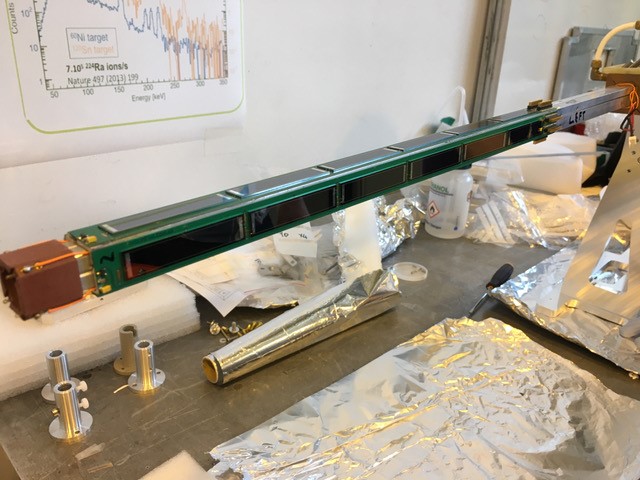
Figure 2. The Superconducting Solenoid at ISOLDE.
Ian Lazarus from STFC Daresbury’s Nuclear Physics Group and Technical Coordinator for the ISOLDE-ISS project,says “For the technical team at STFC the real challenge has been ensuring firstly that the magnet was going to be fit for purpose, then that we could get the magnet back to Europe in one piece before completely reconfiguring it to make it ready for use in its new role. After nearly 10 months of recommissioning, the solenoid was installed in the ISOLDE hall in March 2017. A third purpose-built beam line was constructed at HIE-ISOLDE to house the experiment. It is mounted on a special platform that allows precise alignment with the incoming beam. Following the installation, the team produced a detailed mapping of the magnetic field and installed the proper magnetic shielding to minimise the effect from the 4T solenoid to the neighbouring equipment and beamlines.”
David Sharp, the UK-researcher, from The University of Manchester, in charge of the first experiment, explains: “The exotic beam of interest enters ISS along the magnetic field axis and is incident upon a deuterated polyethylene target that serves as a source of deuterons. The beam undergoes reactions in the target with the reaction of interest identified by detecting the particles emitted from the reaction, specifically protons in these first measurements, along with the beam like particle in it’s residual form. The emitted protons (in this case) are detected in an on-axis position-sensitive silicon-detector array and can be identified by determining the time-of-flight through the field of the solenoid relative to the beam-like particle. The energy of the proton and the distance it travelled from the target they are determined and provide information on the properties of the state populated in the exotic nucleus of interest.”
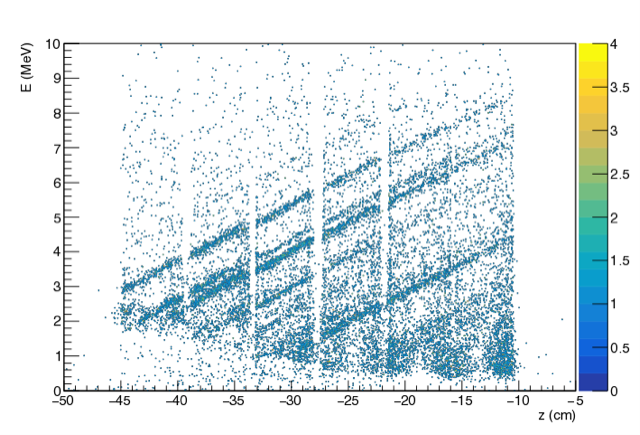
Figure 3. The position vs. energy measured in the array.
The first two measurements reported by ISOLDE were made possible due to international collaborative efforts; namely the installation of the detector system from the HELIOS experiment at Argonne National Laboratory, with the construction of the future ISS detector system underway at the University of Liverpool and Daresbury Laboratory. The intense work of the teams and the strong coordination allowed them to carry out these measurements before CERN’s LS2.
The first results concern the structure of the radioactive 29Mg nucleus and probes how the structures of nuclei in this mass region evolve away from stability. Can we explain the changes in observed behaviour in ever more exotic systems? ISS performed very well, thanks in part to the quality of the beam provided by HIE-ISOLDE (reaching 106 particles per second and 9.5 MeV/u). Preliminary analysis suggests that the results fit with theoretical predictions. The next step is to go even more exotic by adding more neutrons to the system – into a region where current nuclear models start to fail. “For this we await the end of the long shutdown, during which we will have the new advanced Liverpool detector array installed in the magnet and commissioned” says Sharp.
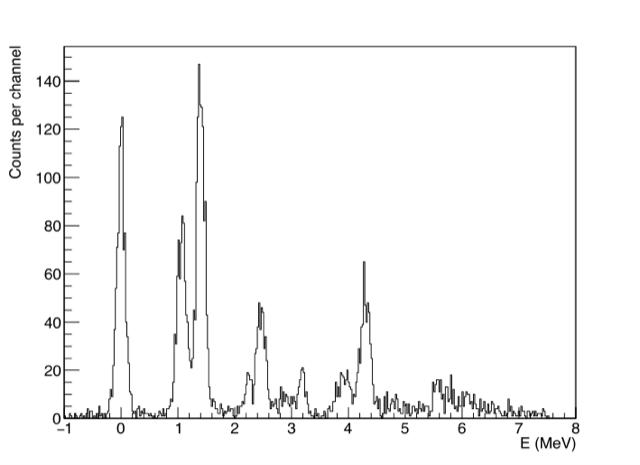
Figure 4. States in 29Mg measured in the first experiment.
The second measurement focused on the nucleus 207Hg, which resides one neutron outside the magic N=126 shell closure and two protons from the magic Z=82 shell closure. With this isotope, we probe completely unchartered territory – something remarkable given the long history of the field. “No other facility can make mercury beams of this mass and accelerate them to energies above the Coulomb barrier. This, coupled with the outstanding resolving power of the ISS spectrometer, has allowed us to see for the first time the spectrum of excited states in 207Hg.” notes Ben Kay from Argonne National Laboratory and spokesperson for this measurement.
The success of this campaign will enable us to anchor various calculations and models, and better estimate similar excitations in nuclei with ever fewer protons below mercury. “The measurement impacts what we can infer about the third abundance peak in the astrophysical r-process and adds to our knowledge of weak-binding in these exotic nuclear systems. In this instance, the beam was accelerated to 7.4 MeV per nucleon, giving a record total beam energy of 1.52 GeV for an ISOLDE beam. While remarkable, a few extra MeV per nucleon would have enabled even deeper insights by improving the yield for reactions populating states with high spin (angular momentum)” adds Kay. Therefore, the collaboration is looking forward to seeing the HIE-ISOLDE accelerator reach its full capacity.
Beam energies of around 10 MeV per nucleon are necessary to measure direct reactions with yields that reveal the underlying nuclear structure and probe the physics of interest. Gerda Neyens, ISOLDE’s spokesperson notes: “Currently HIE-ISOLDE is operating at 75% of its full design capabilities. Therefore, the maximum energies are only accessible for lighter nuclei, limiting the beam energies for heavy nuclei to 7.5MeV per nucleon. Once HIE-ISOLDE is operating at 100% of its capabilities access to these energies across the full range of the nuclear chart will be possible.”
Two new dedicated ISS detector systems are currently under construction in the UK and in Belgium. These complementary systems will be commissioned during (LS2). This will further boost the physics potential of HIE-ISOLDE and ISS. Moreover, it stands out as an example of collaboration and creativity that enables experimental efforts in nuclear physics, reminding us some of the core values of fundamental research.
